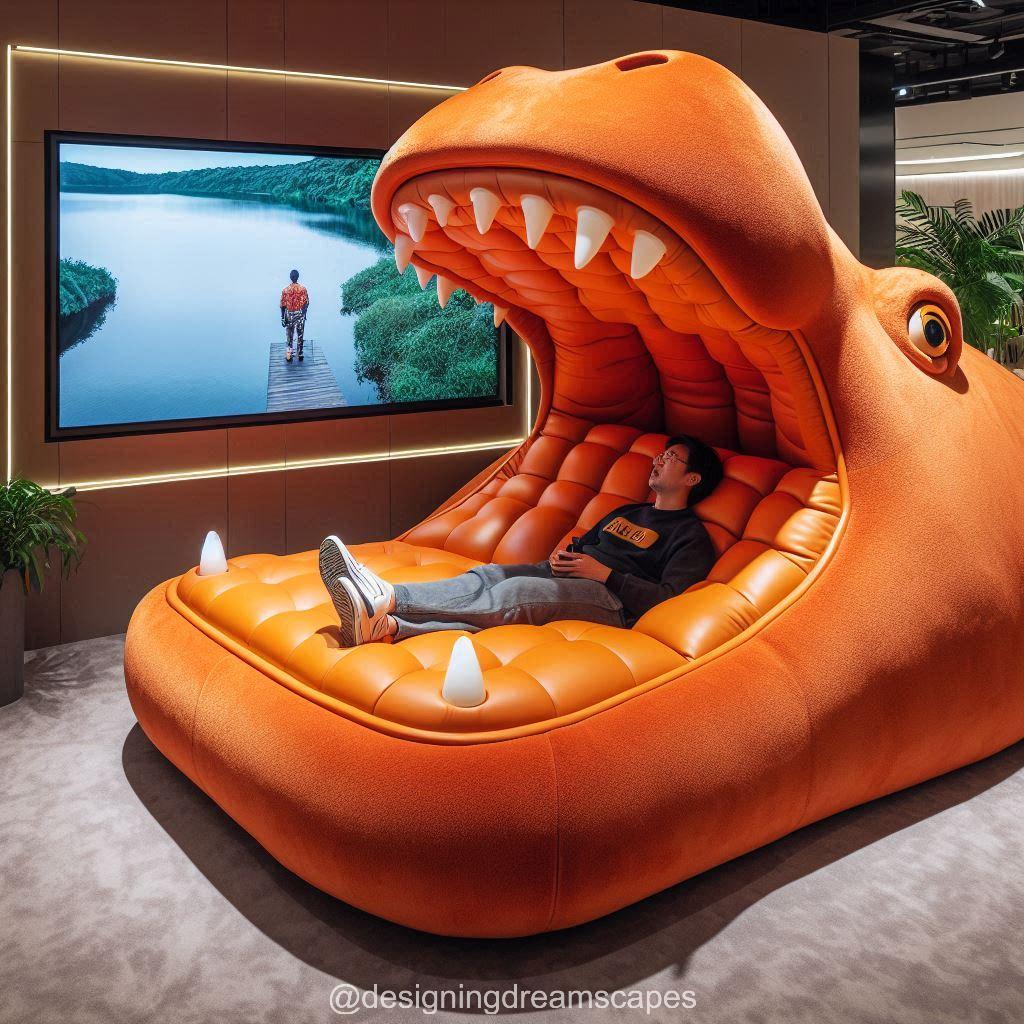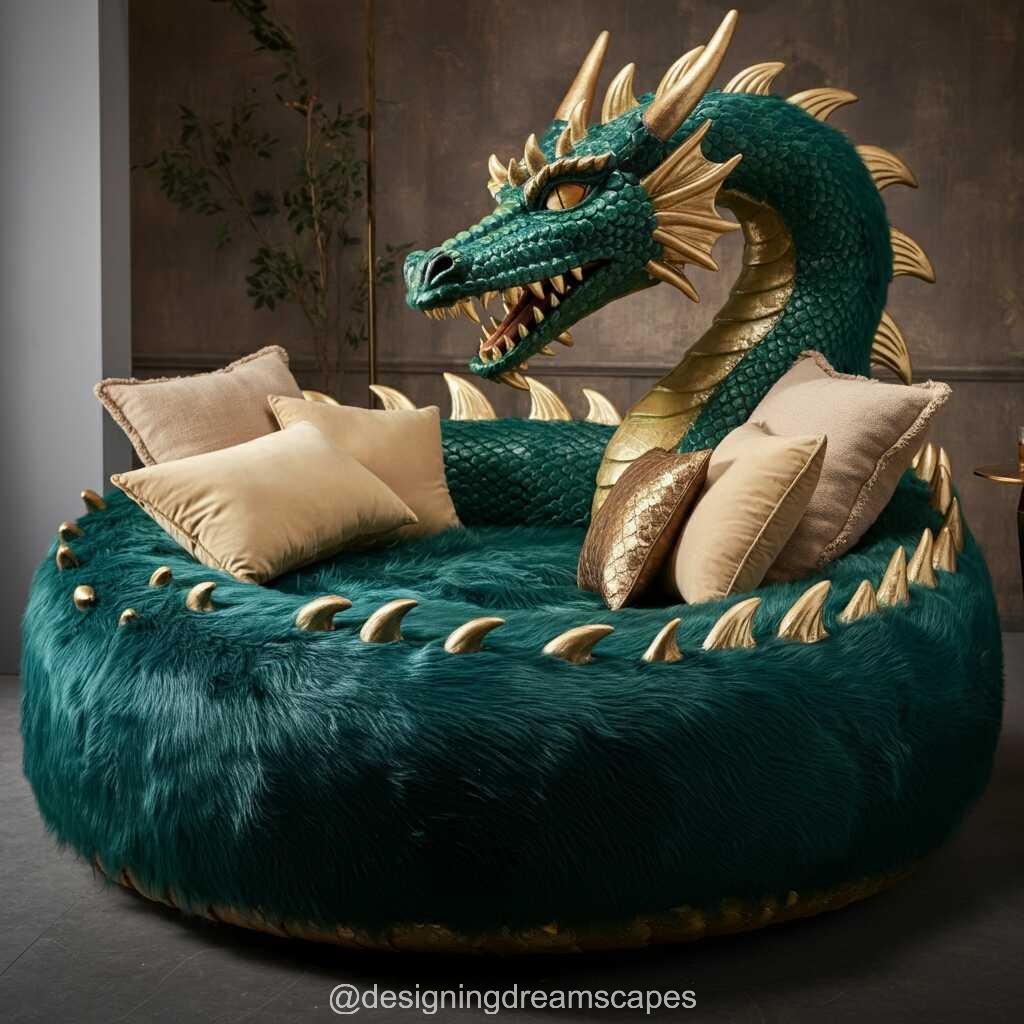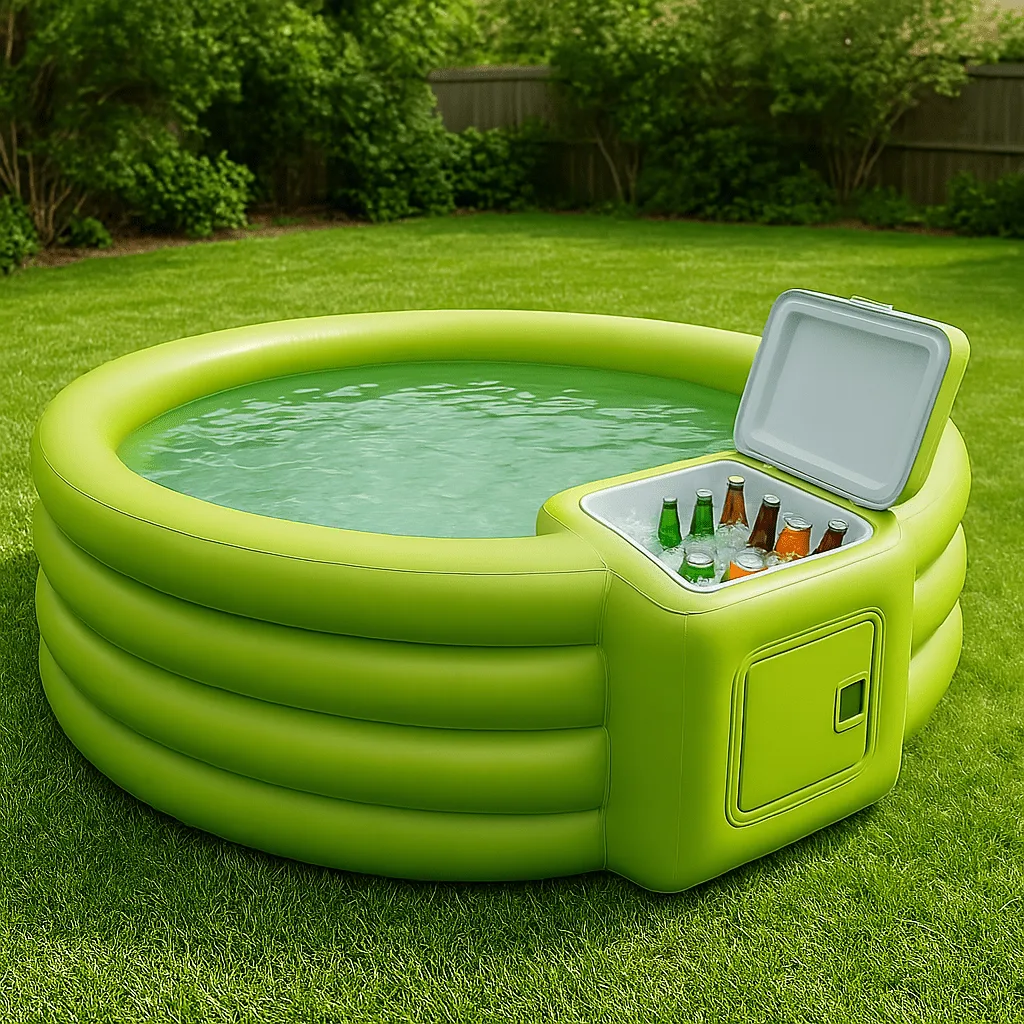Cat loungers have become a staple in modern cat households, providing more than just a space for your furry friend to unwind. These specially designed pieces of furniture cater to the natural lounging instincts of cats, allowing them to relax while enjoying a secure and comfortable environment. In this guide, we will explore how to use cat loungers effectively, examples of various styles available, comparisons among different types, and valuable advice on choosing the right one for your feline companion.
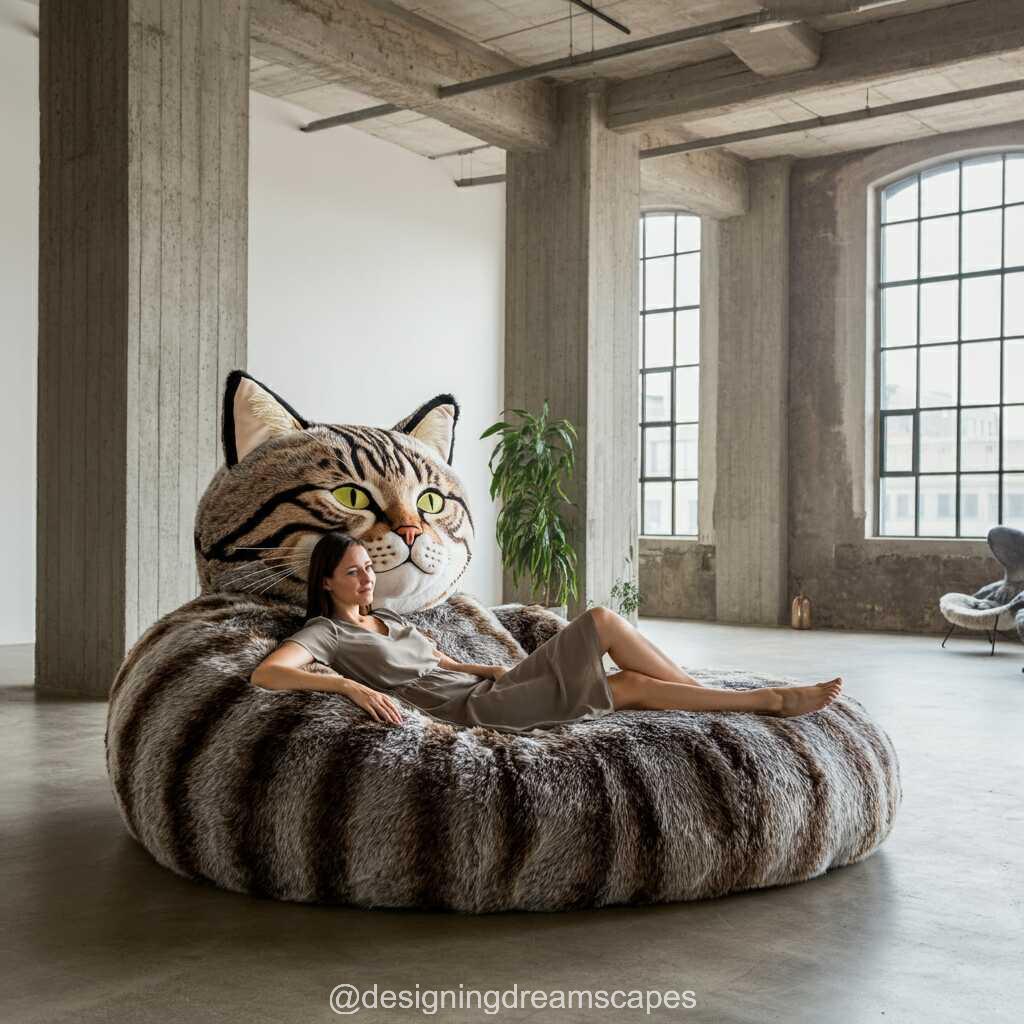
Contents
Understanding Cat Loungers
Cat loungers are not merely cushions or blankets thrown around the house; they are thoughtfully designed structures that accommodate the unique needs of cats. Understanding their significance can help you make an informed decision when selecting the best option for your pet.
What Are Cat Loungers?
Cat loungers come in various shapes, materials, and designs, each catering to different preferences and styles. From elevated platforms to cozy hideaways, these loungers serve multiple purposes, including relaxation, play, and even scratching.
Many cat loungers are designed with your cat’s natural behaviors in mind. For example, some models mimic tree branches, appealing to your cat’s instinct to climb and perch. Others offer enclosed spaces where shy or timid felines can feel safe and secure.

Benefits of Cat Loungers
Investing in cat loungers can significantly enhance your pet’s quality of life.
First and foremost, they provide a designated space for your cat to rest, which is essential for their overall health.
Moreover, a well-placed lounger can create vertical spaces within your home, helping to satisfy a cat’s instinctual desire to observe their surroundings from higher ground. This not only keeps them entertained but also encourages exercise as they jump up and down.
Finally, a dedicated lounging area can help protect your furniture from scratches and fur, minimizing the mess in your living space.
How to Choose the Right Cat Lounger
Choosing the perfect cat lounger comes down to understanding your cat’s preferences and behaviors.
Consider your cat’s size, age, and activity level when selecting a lounger. For instance, older cats might prefer softer, flatter surfaces, while younger, more active cats may enjoy climbing structures or multi-level loungers.
Additionally, think about the materials used in the construction. Some cats are sensitive to certain fabrics, and opting for hypoallergenic materials can create a safer lounging experience.

Creative Ways to Use Cat Loungers
Now that you understand the importance of cat loungers, let’s explore creative ways to incorporate them into your home.
Placement is Key
Where you place the cat lounger can dramatically impact its effectiveness. Cats are naturally drawn to sunny spots and areas with a good view.
Placing a lounger near a window allows your feline friend to bask in the sunlight while keeping an eye on the outside world. This not only provides warmth but also mental stimulation as they watch birds, cars, and people passing by.
If space permits, consider stacking multiple loungers at varying heights. This can create a mini cat jungle gym that encourages exploration and play.
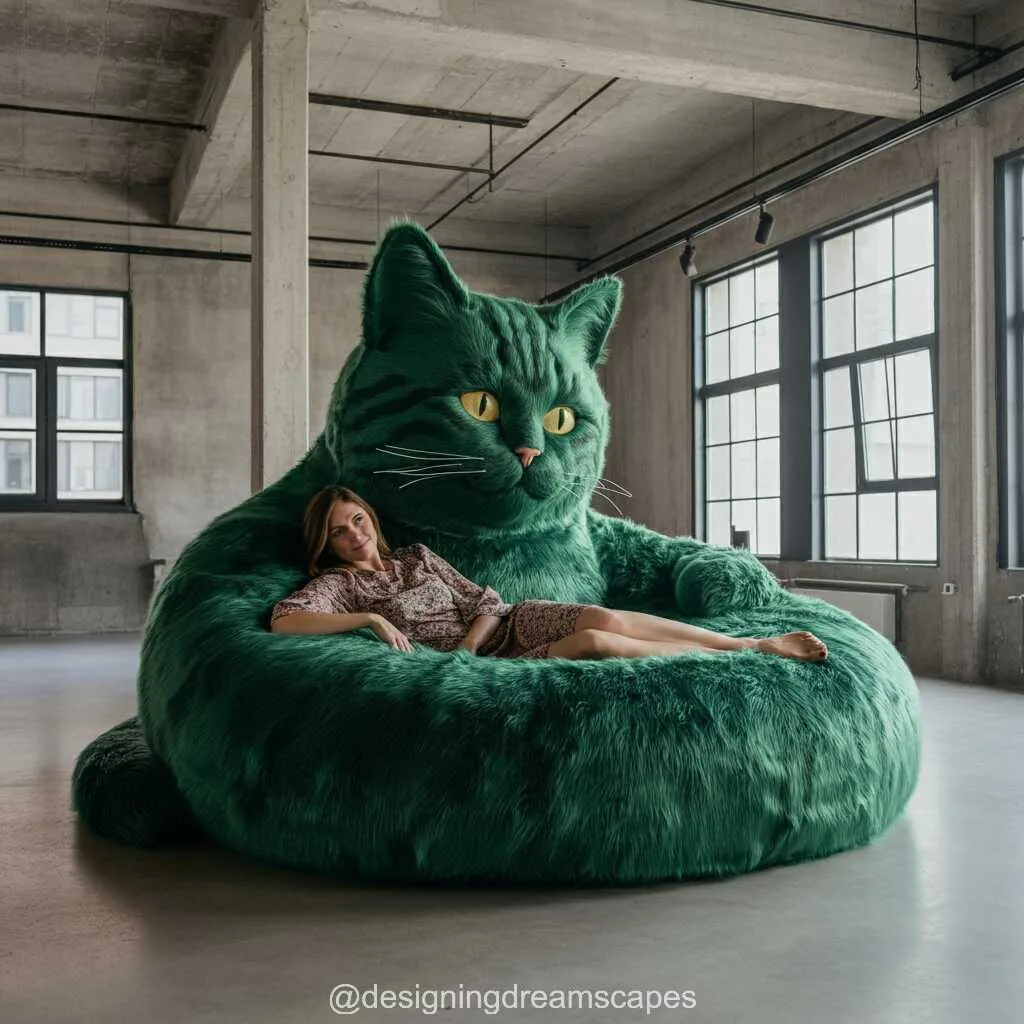
Customization Options
Personalizing your cat lounger can transform it into an irresistible spot for your pet.
Incorporate soft blankets, pillows, or even their favorite toys to make the lounger more inviting. Some cat owners opt to add catnip-infused items, further enticing their felines to use the space.
For a touch of style, choose lounger covers that match your home decor. Many loungers feature removable and washable covers, making it easy to maintain both cleanliness and aesthetics.
Incorporating Cat Loungers into Playtime
Cat loungers aren’t just for napping; they can also be integrated into your pet’s play routine.
Use dangling toys or feather wands to encourage your cat to leap onto the lounger. This builds confidence in their jumping abilities and enhances the overall play experience.
Setting up a small obstacle course using multiple loungers can provide endless entertainment. You can train your cat to navigate through the loungers, adding an element of fun and physical activity to their day.
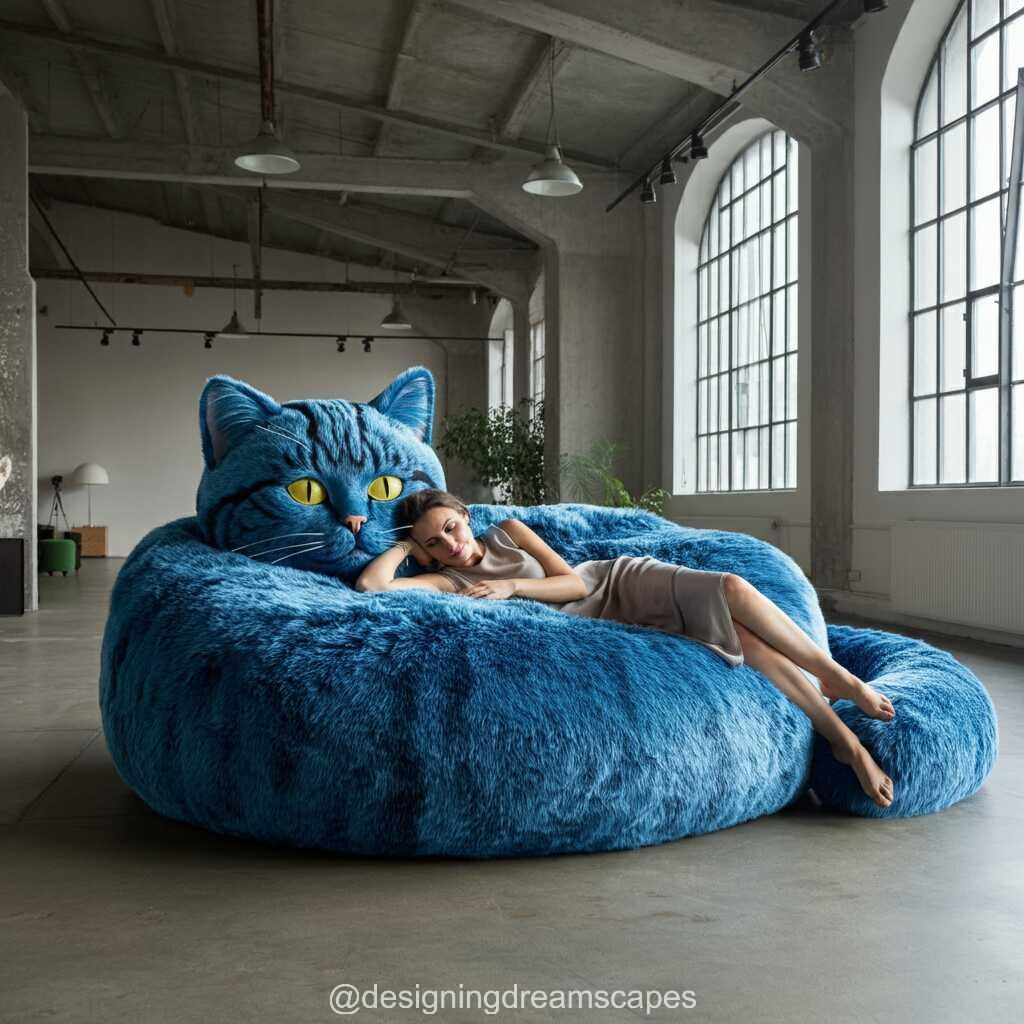
Comparing Different Types of Cat Loungers
With so many options available, it can be challenging to decide which type of cat lounger is best for your pet. Here, we’ll compare various styles to help narrow down your choices.
Basic Cushioned Loungers
Basic cushioned loungers are typically flat, soft surfaces for your cat to lie on. They are often made of plush fabric, providing unmatched comfort.
While these loungers can easily blend into the decor of your home, they may lack the stimulating features found in other styles. However, they work wonderfully for older cats who simply seek a cozy resting spot.

Multi-Level Cat Trees
Multi-level cat trees offer various platforms and hideaways, encouraging climbing and exploration.
These versatile loungers cater to active cats who love to play and perch high above ground. Additionally, they often come with scratching posts and tunnels, making them a one-stop shop for play and relaxation.
The downside? They can take up considerable space, so ensure you have enough room before purchasing one.
Wall-Mounted Loungers
Wall-mounted loungers are an innovative solution for maximizing space in smaller homes.
These loungers attach directly to the wall, creating a floating perch for your cat. They allow for vertical living without occupying floor space and can be arranged in a way that mimics a cat’s natural habitat.
However, installation requires some DIY skills, and not all cats may feel comfortable with wall-mounted options.
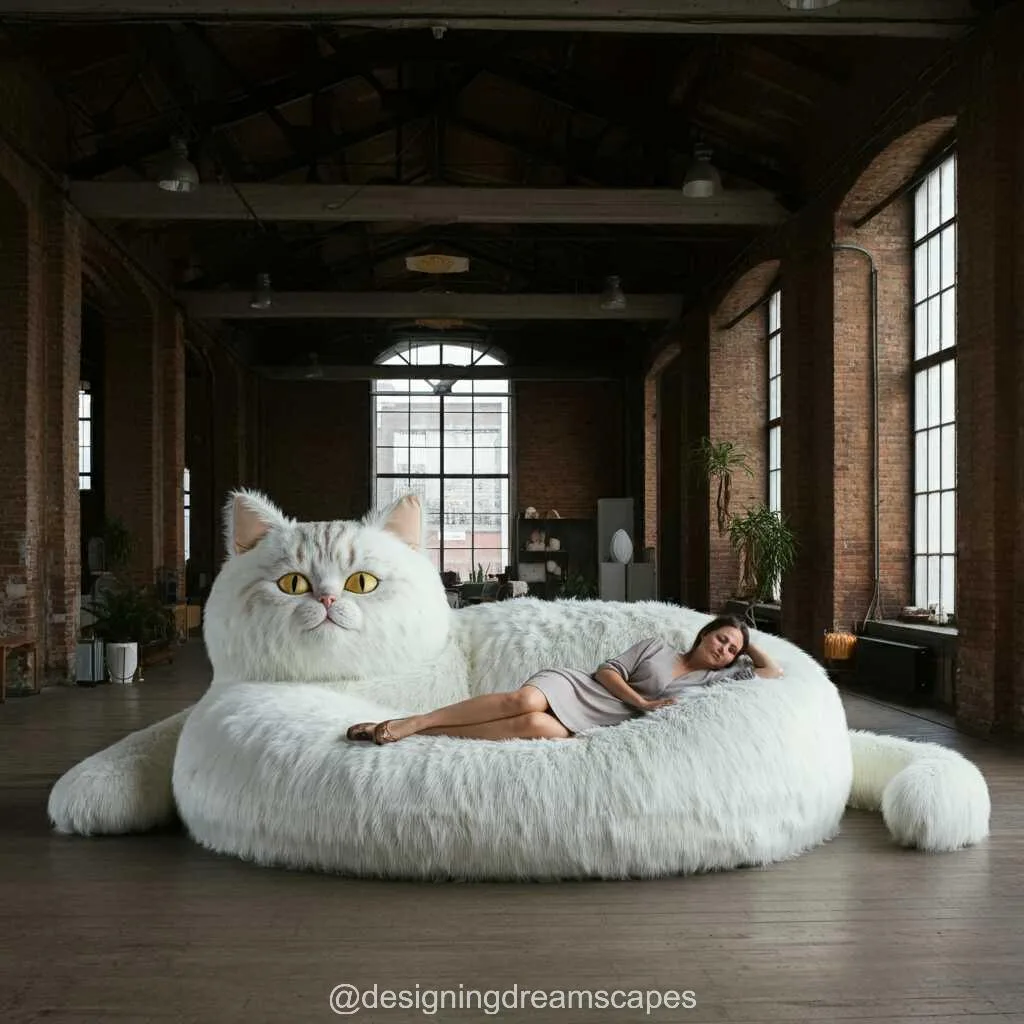
Expert Advice on Maintaining Cat Loungers
Once you have selected the perfect cat lounger, proper maintenance is crucial to ensure its longevity and your cat’s hygiene.
Regular Cleaning Practices
Cleaning your cat loungers should be part of your regular household chores.
Dust and hair can accumulate quickly, so vacuuming the surface regularly helps maintain a clean environment. If the lounger has removable covers, wash them according to the manufacturer’s instructions.
Using a lint roller can effectively remove pesky fur from fabric loungers. For wooden or plastic loungers, a damp cloth can eliminate dirt and grime.
Assessing Wear and Tear
Cats can be surprisingly rough on their lounging furniture. Regularly inspect the lounger for signs of wear and tear.
Look for frayed edges, loose seams, or broken supports. Addressing these issues early can prevent accidents and ensure your cat’s safety.
If a lounger becomes too damaged, it’s time to replace it – your kitty deserves the best!
Rotating Loungers
If you have multiple loungers, consider rotating their placements.
This simple strategy can keep your cat engaged and excited about their lounging options. A change in scenery can rekindle their interest and encourage them to explore different parts of your home.
Conclusion
Cat loungers are an integral part of any cat-friendly home, offering comfort, security, and entertainment for your beloved pet. By understanding how to choose, place, and maintain these loungers, you’re not only enhancing your cat’s quality of life but also fostering a deeper bond between you and your feline friend. Whether you opt for a basic cushioned lounger, a multi-level cat tree, or a chic wall-mounted option, investing in cat loungers is a decision that brings joy to both you and your cat. So go ahead, create a lounging paradise for your furry companion!




